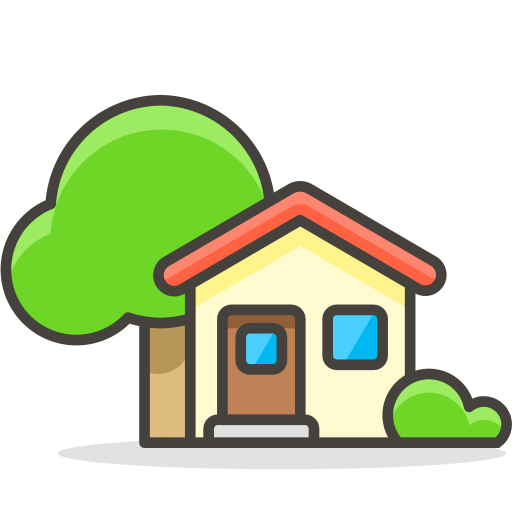Understanding Home Automation: A New Era of Living
Home automation represents one of the most transformative leaps in modern living. It brings the power of technology directly into your living space, creating a seamless environment where devices communicate, adapt, and respond to your needs with minimal effort. But what exactly is home automation, and why is it rapidly becoming the centerpiece of smart living?
At its core, home automation refers to the use of technology to control household functions and devices remotely or automatically. This can range from simple tasks such as turning on lights to complex processes like adjusting heating, securing the home, or even managing appliances based on your daily routine.
Key Benefits of Home Automation
-
Convenience: Automate routine tasks like lighting, climate control, and security, freeing up time and effort.
-
Energy Efficiency: Smart thermostats and lighting reduce wastage, lowering utility bills.
-
Enhanced Security: Real-time monitoring, alerts, and remote control keep your home safer.
-
Comfort: Personalized settings adapt to your preferences.
-
Accessibility: Facilitates easier home management for elderly or disabled individuals.
The Evolution of Home Automation: From Concept to Reality
Home automation is not a new concept. The idea of automated living can be traced back to early 20th-century inventions like electric light timers and intercom systems. However, the rise of the Internet of Things (IoT), artificial intelligence (AI), and wireless connectivity in the 21st century revolutionized what is possible.
Timeline of Key Milestones:
| Year | Innovation/Development | Impact on Home Automation |
|---|---|---|
| 1901 | First electric light timer patented | Automated lighting control |
| 1975 | Introduction of X10 home automation protocol | Wireless control over home appliances |
| 2000s | Wireless internet & Wi-Fi adoption | Enabled smart device connectivity |
| 2011 | Launch of Amazon Echo & Alexa voice assistant | Voice-controlled home automation |
| 2015 | Mainstream smart thermostats & security systems | Popularization of energy-saving and safety tech |
| 2020+ | AI & machine learning integration | Predictive automation and personalized experiences |
Core Components of a Modern Smart Home
To understand the future, we must first break down the present. Every smart home relies on several key elements that work in harmony:
1. Smart Devices and Appliances
From smart bulbs to refrigerators, modern homes feature devices that connect to the internet, allowing remote monitoring and control.
-
Smart lights (Philips Hue, LIFX)
-
Smart thermostats (Nest, Ecobee)
-
Voice assistants (Amazon Alexa, Google Assistant)
-
Smart locks and security cameras (Ring, Arlo)
2. Connectivity and Protocols
Reliable communication between devices is critical. Popular protocols include:
-
Wi-Fi: Universal but power-hungry
-
Zigbee & Z-Wave: Low-power, mesh networks ideal for smart home devices
-
Bluetooth Low Energy (BLE): Short-range, low-energy communication
3. Central Hub or Controller
Many smart homes use a hub that acts as the command center, coordinating devices and user commands.
-
Dedicated hubs (Samsung SmartThings, Hubitat)
-
Voice assistants acting as hubs (Echo, Google Home)
4. Cloud Services and Apps
Most systems leverage cloud platforms for remote access, data storage, and AI-powered features. Apps allow users to monitor and control devices from anywhere.

Everything You Need to Know About Kitchen Cabinets in 2025
Popular Smart Home Devices in 2025
As of 2025, the smart home market has expanded dramatically, offering a wide variety of devices designed to enhance every aspect of living:
| Device Type | Leading Brands | Popular Features |
|---|---|---|
| Smart Speakers | Amazon Echo, Google Nest | Voice control, music streaming, hubs |
| Smart Thermostats | Nest, Ecobee | Learning algorithms, remote control |
| Smart Security Systems | Ring, Arlo, SimpliSafe | Video monitoring, motion detection |
| Smart Lighting | Philips Hue, LIFX | Color control, schedules, automation |
| Smart Appliances | Samsung SmartThings, LG | Energy efficiency, remote operation |
How AI and IoT Shape Home Automation
The fusion of Artificial Intelligence (AI) and the Internet of Things (IoT) is driving the next wave of smart home innovation.
-
IoT connects physical devices to the internet, enabling data exchange.
-
AI analyzes this data, learns user preferences, and automates actions proactively.
For example, a smart thermostat might learn your schedule and adjust heating or cooling automatically, saving energy without sacrificing comfort.
Why 2025 Is the Perfect Time to Invest in Home Automation
-
Technology Maturity: Devices are more reliable, affordable, and easier to use than ever.
-
Interoperability: Industry standards improve cross-brand compatibility.
-
Energy Awareness: Rising energy costs and climate concerns make smart energy management crucial.
-
Enhanced Security: Sophisticated smart security solutions are more accessible.
Clear Call to Action
Ready to upgrade your living space? Start small with one smart device, like a voice assistant or smart bulb, and gradually build your smart home ecosystem. Explore reliable brands and consider your lifestyle needs. The future of living is automated, efficient, and personalized — and it begins today.
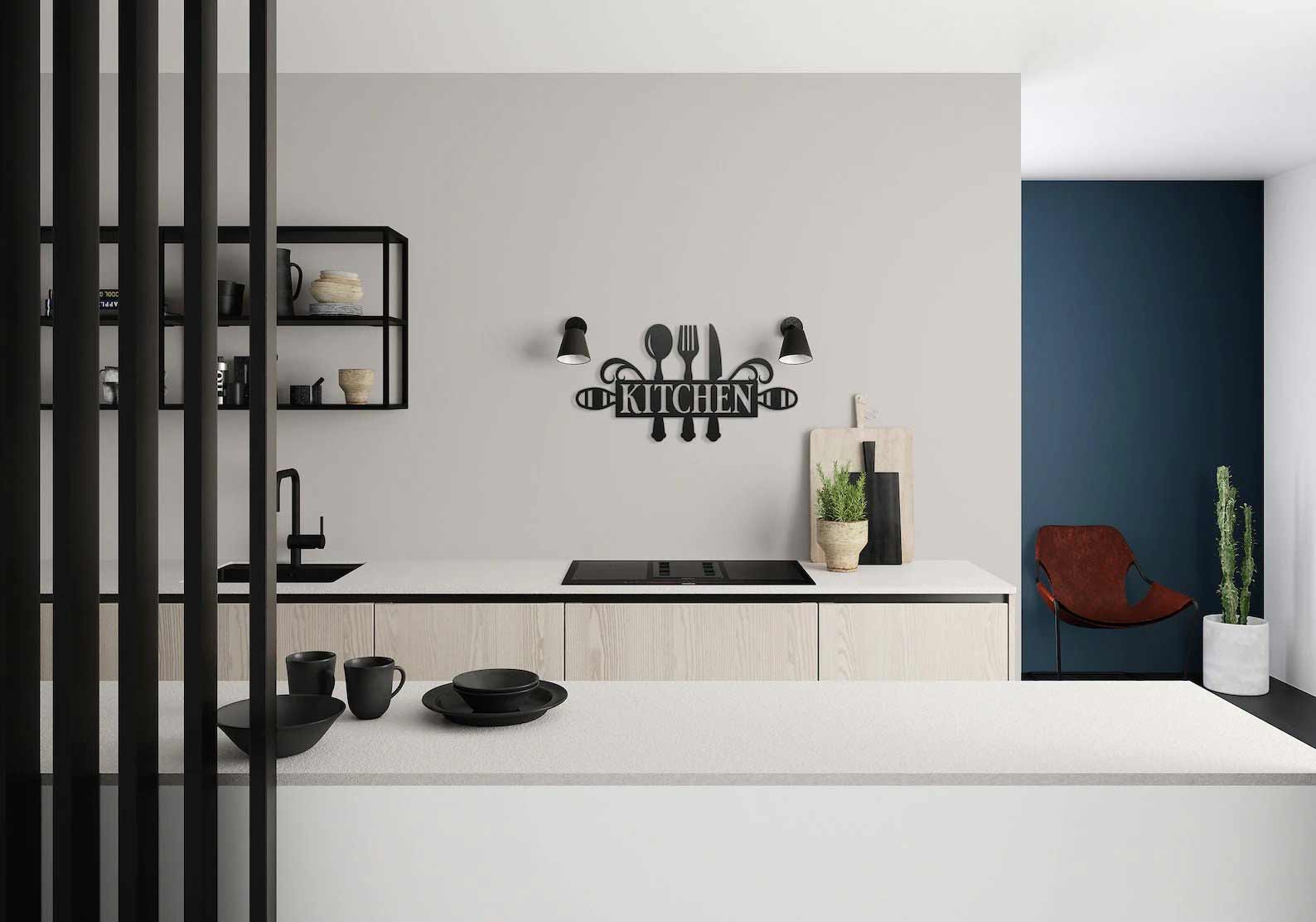
The Ultimate Kitchen Renovation Guide for 2025: Budgeting, Planning & Designing for Modern Living
Emerging Trends in Home Automation
Voice Assistants & Natural Language Processing
Voice control has become the cornerstone of home automation. Voice assistants such as Amazon Alexa, Google Assistant, and Apple Siri allow users to control devices hands-free, making smart homes more intuitive and accessible.
Key Developments:
-
Improved Natural Language Processing (NLP): Voice assistants can now understand complex, conversational commands.
-
Multi-language Support: Expanding accessibility worldwide.
-
Context Awareness: Devices remember preferences and context to respond smarter.
Example: Asking “Turn off the lights in the living room after 10 PM” is understood and scheduled automatically.
AI-Powered Predictive Systems
AI is not only reactive but predictive, analyzing user habits to optimize automation:
-
Smart Thermostats learn your schedule and weather patterns to adjust temperature preemptively.
-
Security Systems detect unusual patterns and alert homeowners proactively.
-
Smart Refrigerators suggest grocery lists based on consumption patterns.
This predictive capability enhances convenience and efficiency.
Integration of Smart Appliances
The future of home automation involves appliances that seamlessly integrate into the smart home ecosystem:
| Appliance Type | Smart Features | Benefits |
|---|---|---|
| Refrigerators | Inventory tracking, expiration alerts | Reduce food waste, grocery reminders |
| Ovens | Remote preheating, cooking programs | Time-saving, precise cooking |
| Washing Machines | Load sensing, remote start | Energy and water efficiency |
| Dishwashers | Cycle optimization, maintenance alerts | Cost and time savings |
Brands like Samsung, LG, and Whirlpool lead in smart appliance innovation.
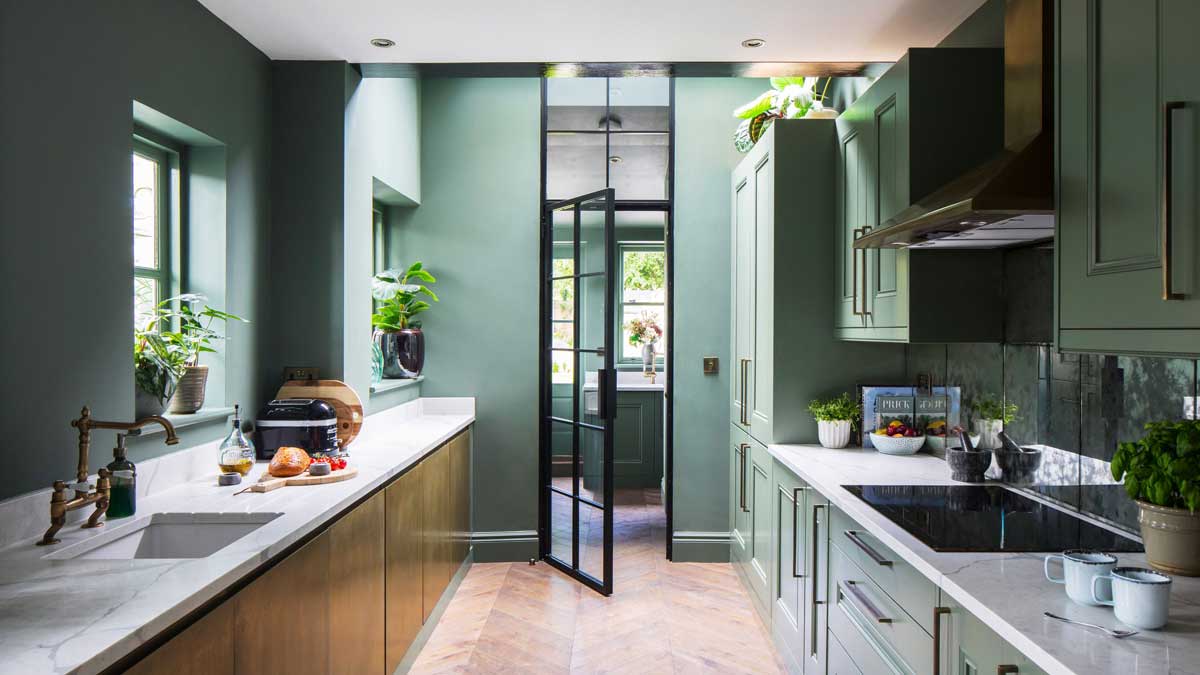
Top Kitchen Designs for 2025
Enhanced Home Security Systems
Smart security technology is evolving beyond cameras and alarms:
-
Facial Recognition: Automated identification of family members vs. strangers.
-
AI Video Analytics: Detect suspicious behavior in real-time.
-
Remote Monitoring & Control: Manage security from anywhere via apps.
Security is no longer reactive; it’s becoming proactive and intelligent.
Energy Management & Smart Grids
Smart homes are becoming active participants in energy conservation:
-
Smart meters communicate with the grid to optimize power consumption based on demand.
-
Solar panels paired with smart battery storage provide energy independence.
-
Load balancing prevents energy spikes and reduces costs.
Table: Energy-saving Devices and Their Impact
| Device | Average Energy Savings | Additional Benefits |
|---|---|---|
| Smart Thermostat | 10-15% on heating/cooling | Increased comfort |
| Smart Lighting | 30-40% energy reduction | Longer bulb life |
| Smart Plugs | 5-10% standby power cut | Prevent phantom loads |
| Solar + Battery Setup | Up to 50% energy independence | Reduced bills, green energy |
Personalized Automation & User Profiles
Modern systems can create individual user profiles, customizing automation to each person’s preferences:
-
Different lighting moods for different family members
-
Personalized music or news briefings
-
Customized temperature settings per user room
This level of personalization enhances user satisfaction and adoption.
Role of 5G and Edge Computing
The rise of 5G networks and edge computing will revolutionize how smart homes operate:
-
5G provides faster, low-latency wireless connectivity, ideal for real-time device communication.
-
Edge computing processes data locally, reducing dependence on cloud servers and improving privacy and speed.
Together, they enable more reliable and secure home automation.
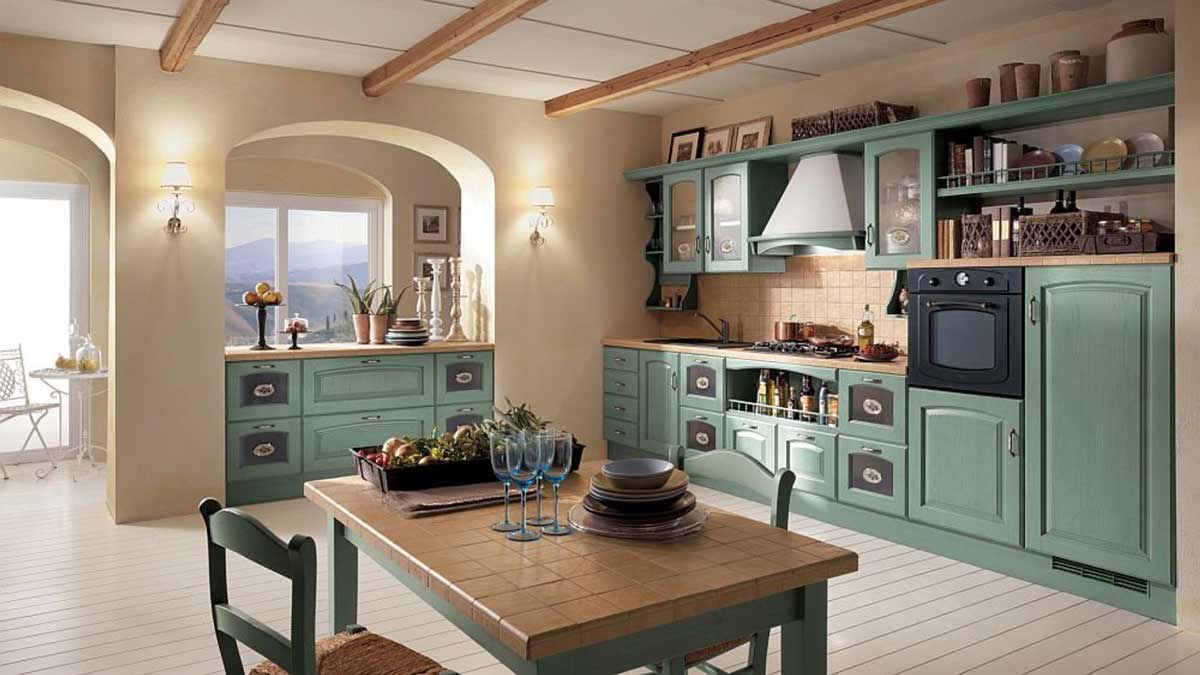
Top Kitchen Designs for 2025
Case Study: The Connected Family Home
A typical future smart home might feature:
-
A voice assistant controlling lighting, HVAC, and media.
-
AI-enabled security with facial recognition at the door.
-
Smart appliances adjusting to family schedules.
-
Energy systems communicating with local grids to reduce costs.
This integrated approach represents the future standard for comfortable, secure, and sustainable living.
Call to Action: Stay Ahead with Emerging Trends
To future-proof your home:
-
Invest in devices that support open standards and cross-platform compatibility.
-
Choose appliances with AI integration capabilities.
-
Explore energy management solutions that link with local utilities.
Start small, expand gradually, and keep an eye on technological advances shaping tomorrow’s smart homes.
Challenges, Future Innovations, and FAQs
Overcoming Challenges in Home Automation
While home automation promises unprecedented convenience, several challenges still slow widespread adoption:
1. Interoperability Issues
Different brands and protocols often don’t work seamlessly together, frustrating users and limiting automation scope.
-
Solutions: Adoption of open standards like Matter (formerly Project CHIP) aims to unify device communication.
2. Privacy and Security Concerns
Smart devices collect personal data, raising privacy risks and vulnerability to hacking.
-
Solutions: Enhanced encryption, local data processing (edge computing), and user education can mitigate risks.
3. High Initial Costs
Though prices are dropping, initial investment in smart home devices and infrastructure can be costly.
-
Solutions: Phased upgrades and affordable entry-level devices help.
4. Complexity and User Experience
Smart homes can overwhelm non-tech-savvy users with setup and management challenges.
-
Solutions: Simplified interfaces, voice control, and professional installation services improve usability.
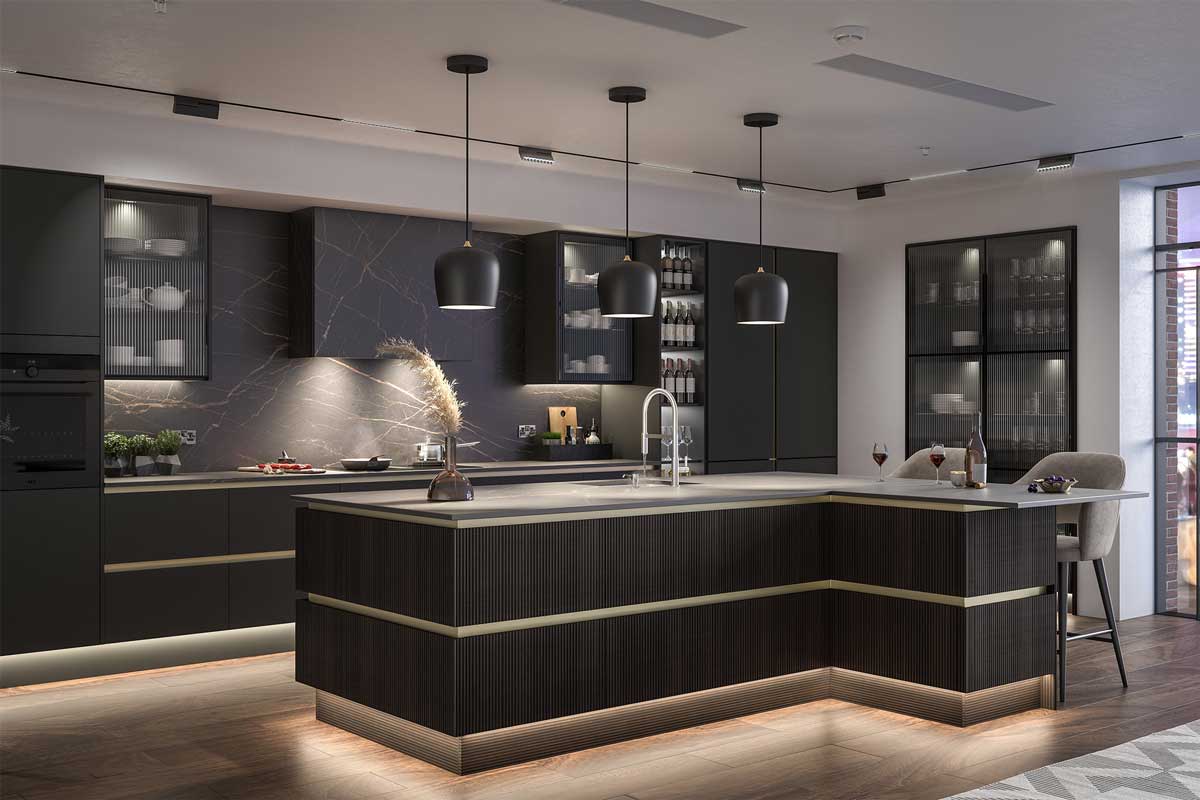
(Focus: Integration of technology, ergonomic furniture, wellness dining)
Innovations on the Horizon
The future of home automation is vibrant with promising technologies:
1. Ambient Computing
Devices will anticipate needs contextually without explicit commands — for example, adjusting lighting as you move through the house.
2. Advanced Robotics
Robotic assistants will perform household chores, security patrols, and caregiving roles.
3. AI-Driven Health Monitoring
Integration of health sensors with home systems to monitor wellbeing, alert emergencies, and assist elderly or disabled residents.
4. Sustainable Smart Homes
Homes will optimize water usage, energy consumption, and waste management through smart tech, supporting green living goals.
Backlinks to Authoritative Sources
Frequently Asked Questions (FAQ)
Q1: What is the best smart home device to start with?
A voice assistant like Amazon Alexa or Google Assistant is a great starting point due to ease of use and broad compatibility.
Q2: How secure are smart home devices?
While vulnerabilities exist, following best practices like strong passwords, firmware updates, and using trusted brands enhances security.
Q3: Can I automate my home without Wi-Fi?
Some automation protocols like Zigbee and Z-Wave work on mesh networks that don’t rely solely on Wi-Fi, but internet connectivity is often needed for full remote control.
Q4: What is Matter, and why is it important?
Matter is a new interoperability standard designed to make smart home devices from different brands work together seamlessly, simplifying setup and improving compatibility.
Q5: Will smart homes increase energy costs?
On the contrary, smart devices often reduce energy consumption by optimizing usage, leading to lower utility bills.

Top Kitchen Designs for 2025
Conclusion: Embrace the Smart Home Revolution
Home automation is no longer a futuristic fantasy; it is a present-day reality reshaping how we live. By embracing these technologies thoughtfully and proactively, you can enhance comfort, security, and efficiency in your home. The integration of AI, IoT, and sustainable energy solutions promises an exciting future where your home is not just a place to live but an intelligent partner in your daily life.
Start your smart home journey today — the future is at your fingertips.
